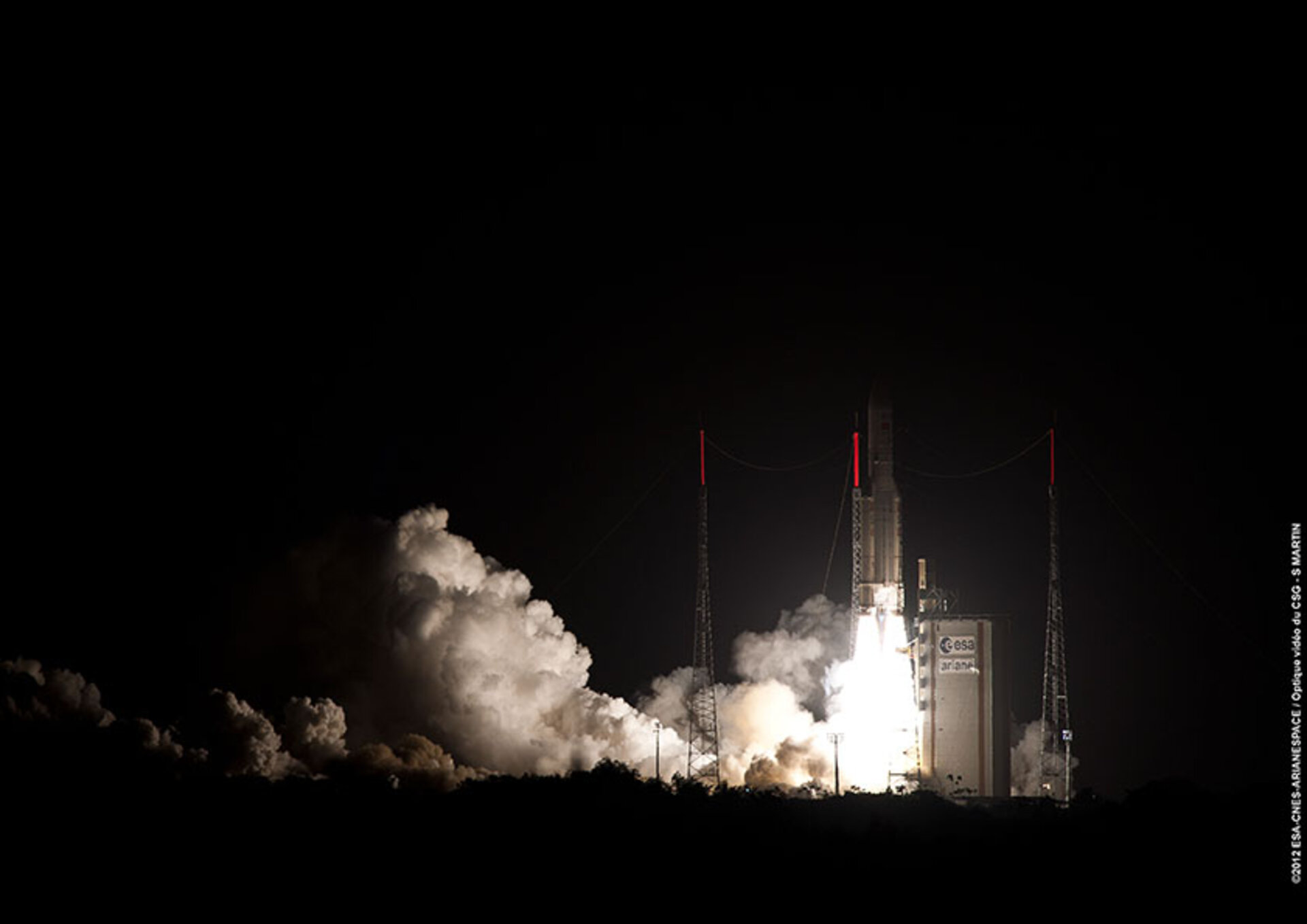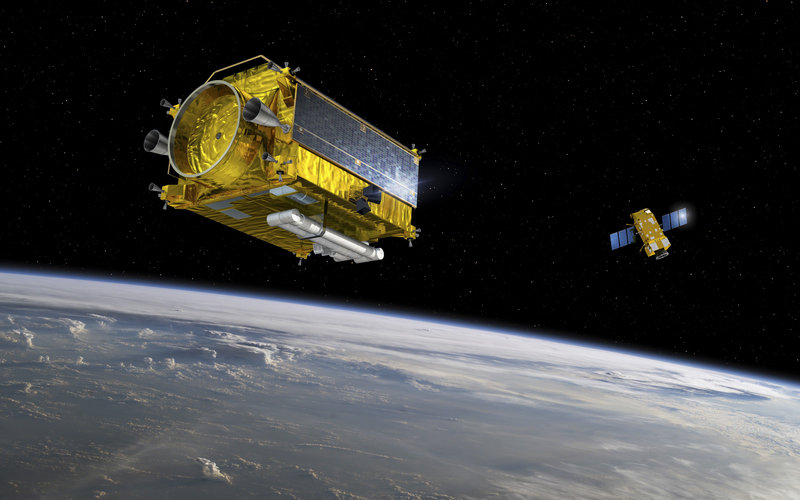Why is it needed?
The quest to be environmentally friendly is transforming the competitive landscape as astute companies, agencies and businesses turn eco-friendly design into a new frontier of innovation.
For ESA, standing aside from this general trend is not an option. Knowledge of the environmental impact of Agency activities is, and will be, increasingly requested by ESA’s industrial, institutional and international partners, under pressure from their customers, employees and stakeholders.
While space may be a low-volume industry when compared to other terrestrial industries (for instance, there are millions more cars produced each year than there are satellites) but space activities can have a wide reach: rocket launches, for example, are the only human activity that affects all segments of the atmosphere.
New legislative demands and regulations such as the European Commission’s regulation on the Registration, Evaluation and Authorization of Chemicals (REACH) and Restriction of Hazardous Substances (RoHS) directive overseeing toxic substances threaten to impact the space industry by imposing potential limitations on currently essential materials.
Turning a threat into an opportunity
While it may seem tempting to adhere to the lowest environmental standards for as long as possible, it is smarter to comply with the most stringent rules, and do so before they are enforced. Environmental regulations in Europe have implications for space programmes, the most immediate implication being the disruption of qualified materials and processes.
By becoming a pioneer in adopting an eco-friendly approach, Europe can develop new processes and technologies and be well-positioned to help shape and comply with future regulations in these areas. Action is necessary to turn a threat into an opportunity.
Mapping the road ahead saves crucial time. Enterprises that focus on meeting emerging norms gain more time to experiment with materials, technologies and processes and this yields substantial first-mover advantage in terms of fostering innovation, which will enable agencies like ESA to change the way they think about technologies and processes.
Danger of space debris
Recently updated regulations such as ESA’s own Requirements on Space Debris Mitigation for Agency Projects (applicable to all ESA missions), the French Space Operations Act and the United Nations’ Outer Space Treaty require that more attention is paid to safeguarding Earth’s orbital environment.
Numerous analyses worldwide have shown the need for space debris removel, to contend with the proliferation of space debris. The only way to preserve key orbits for future use is to shrink the current amount of debris in absolute terms, which will require novel technologies and approaches for the removal of debris and the design of non-debris creating missions.








